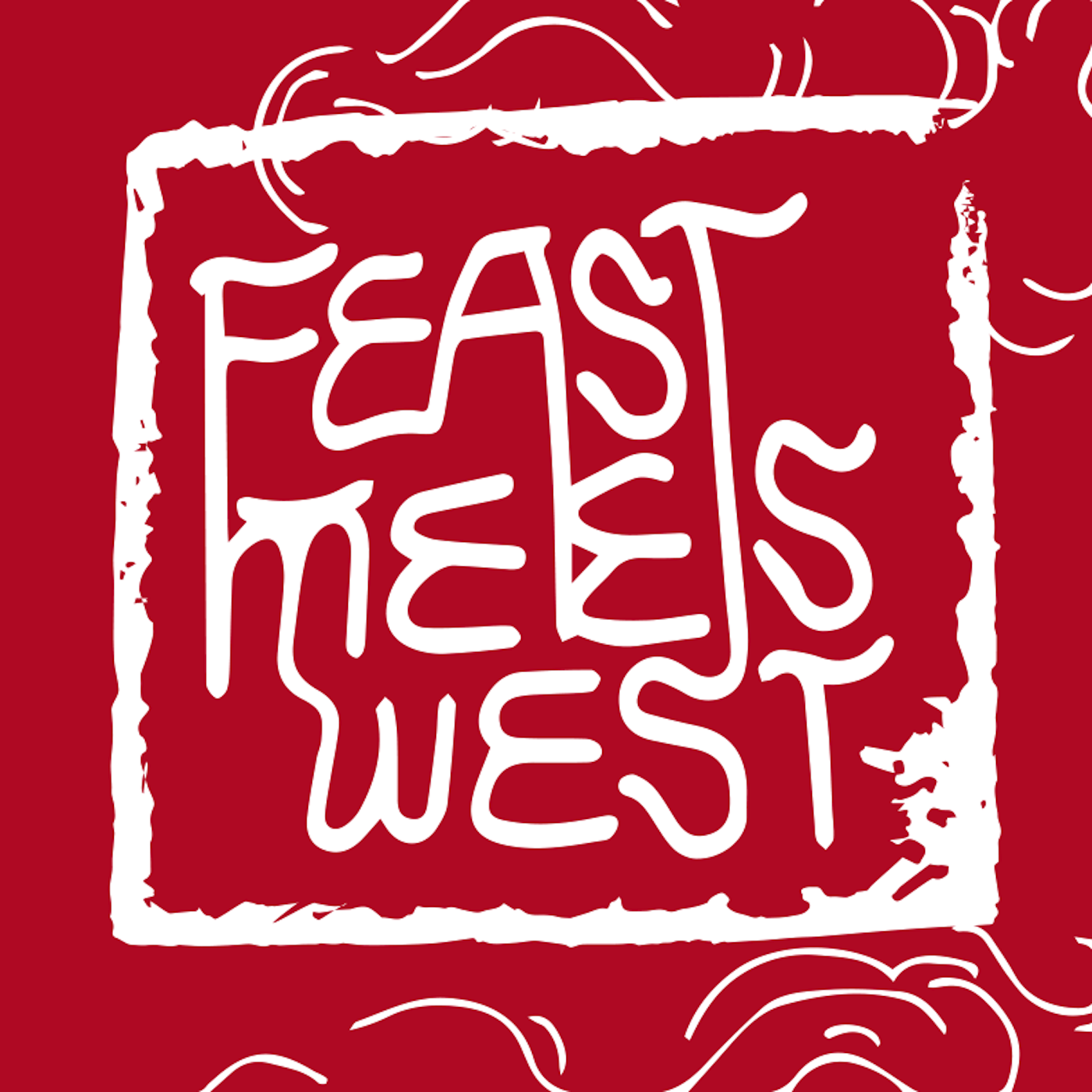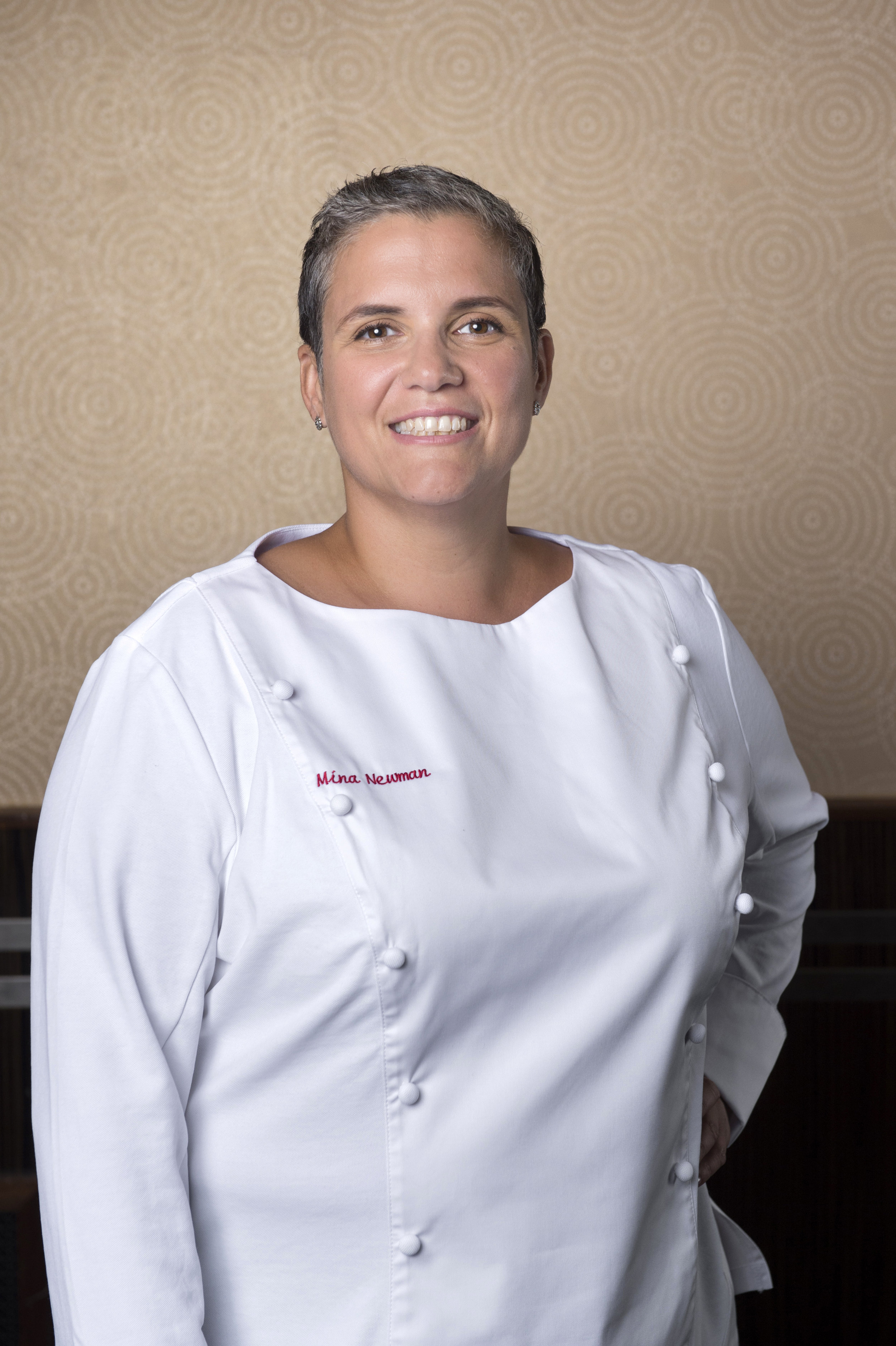Episode 70: Nikkei, The Culinary Romance of Japan and Peru
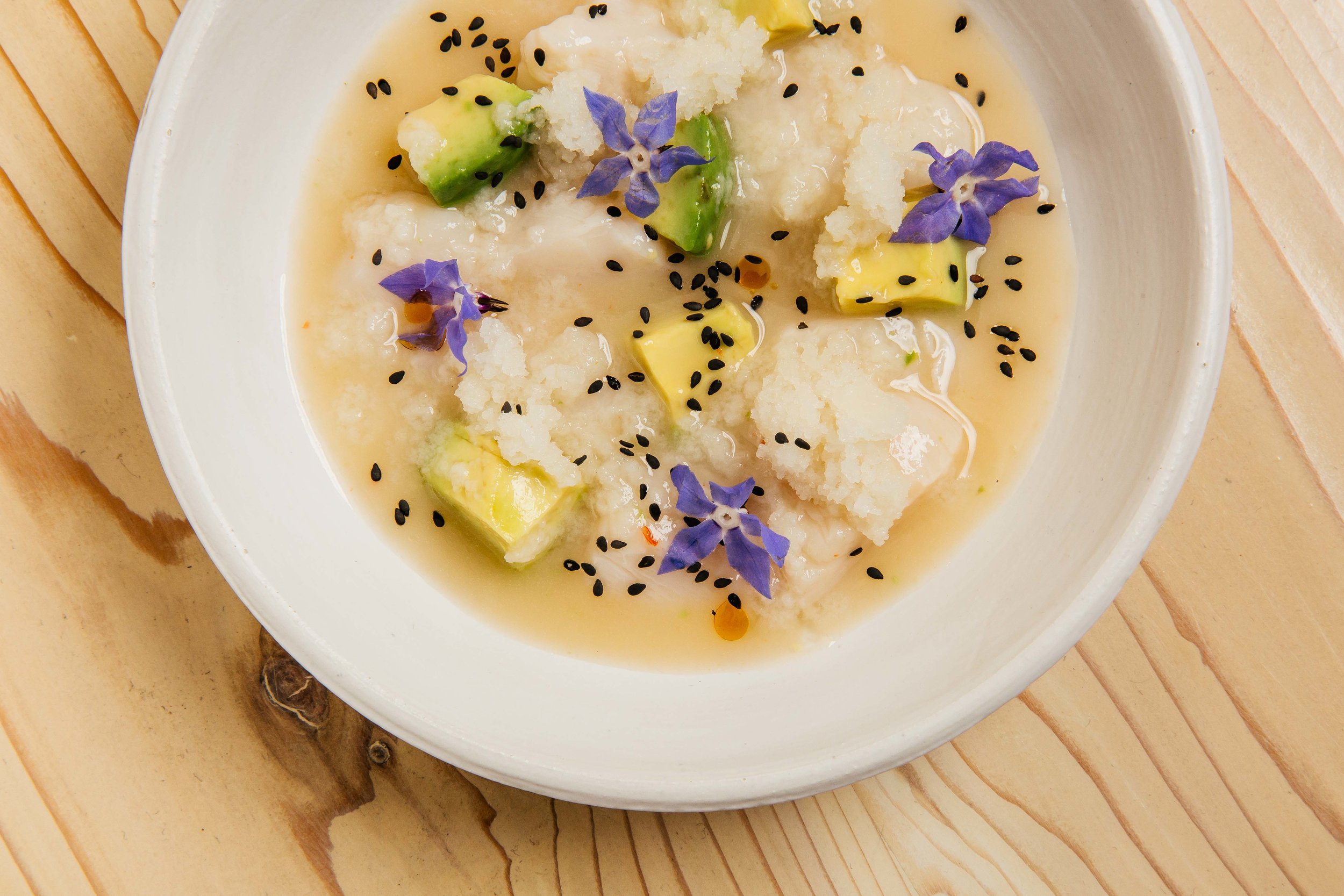
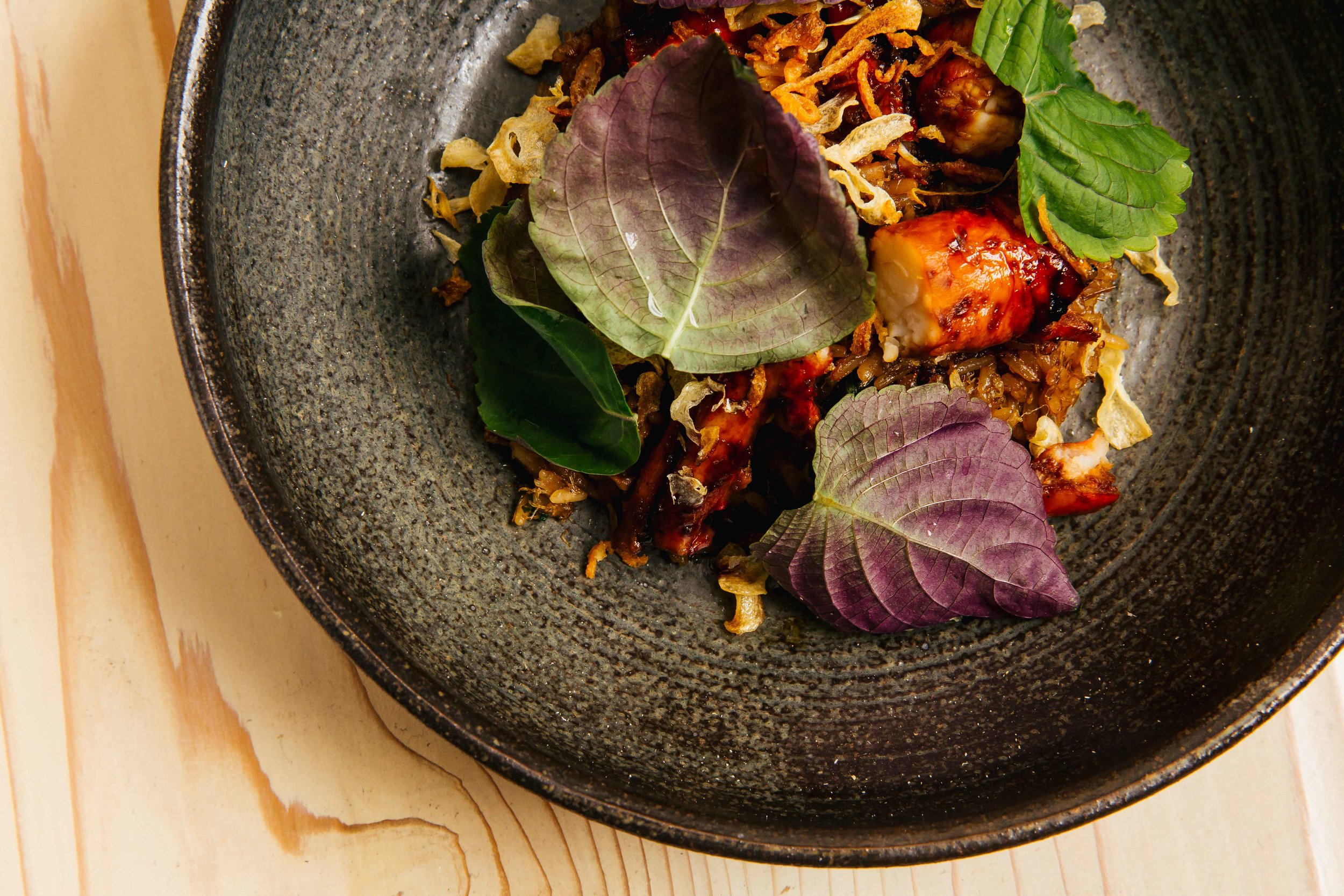


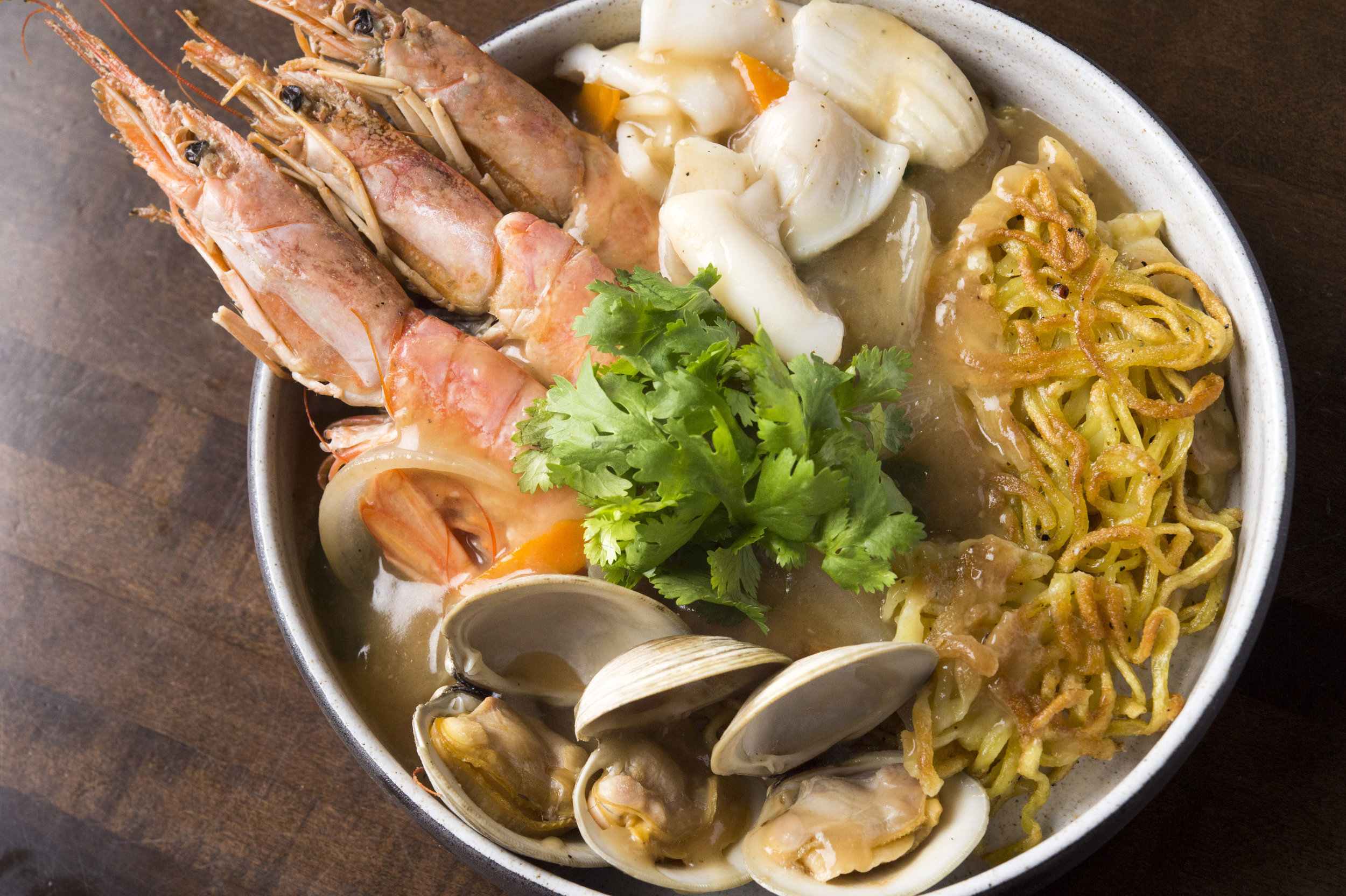
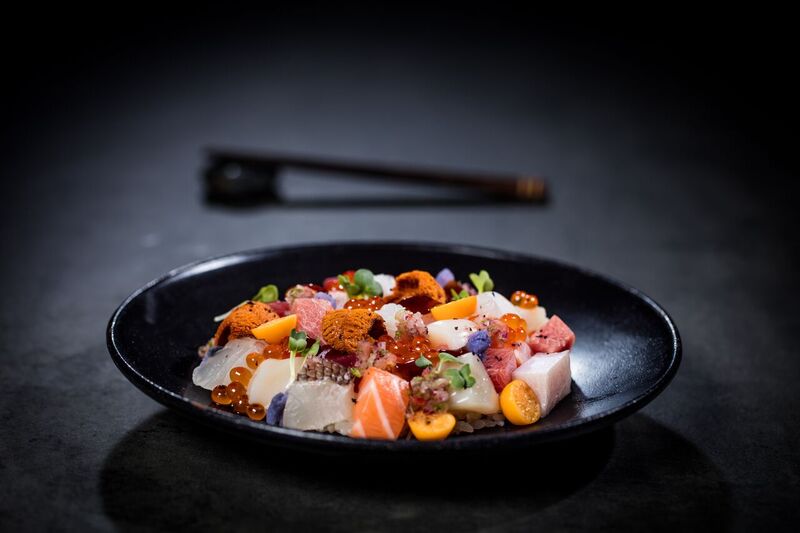
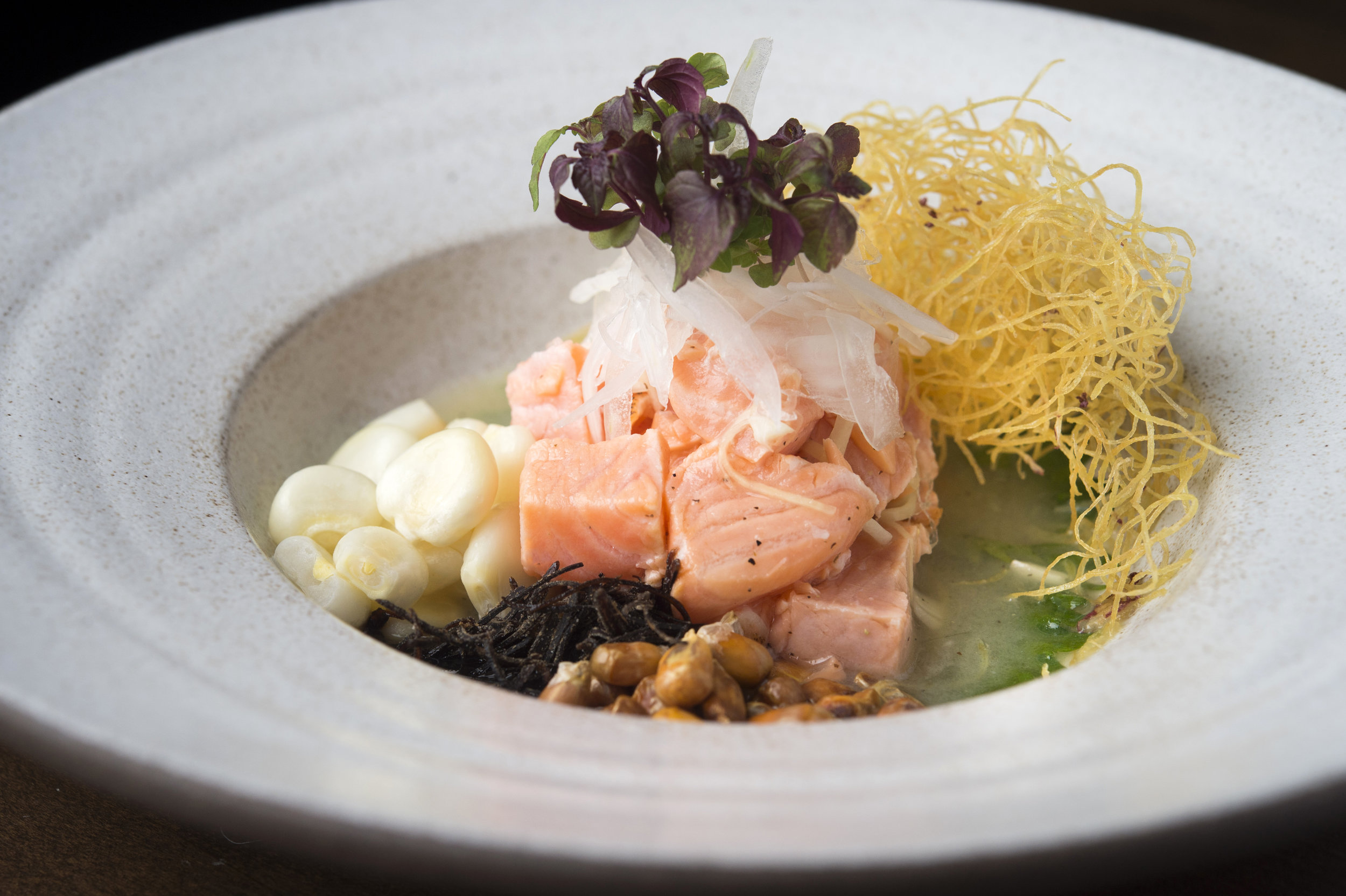
“Nikkei” the word itself describes the descendants of Japanese immigrants living around the world outside of Japan. When it comes to food, the word has become associated with the cuisine that grew out of the Japanese presence in Peru, which started when Japanese farmers began emigrating there in the late 1800s to work on the plantations.
In episode 70 (!) we talked to 2 Peruvian-American Chefs paving the way for Nikkei in NYC: Erik Ramirez of Llama Inn, Llamita, and the soon-to be-opened Llama-San, and Mina Newman of Sen Sakana. While Nikkei has been in the fine-dining spotlight with Maido consistently ranking in the top 10 of The World’s 50 Best Restaurants list, we’re still hearing “What’s Nikkei?” from the typical New Yorker. Erik and Mina are on a mission to change that.
We started the conversation by talking about the integrated nature of Nikkei to Peruvian cuisine, and the core concepts of Nikkei. Then we considered why Nikkei’s moment is now, why New York is ripe for this cuisine, and the impact of immigration to Peru’s rich culinary history.
When the Japanese arrived on Peru’s shores, they forever changed the way Peruvians ate. Peruvians started to integrate Japanese techniques once they saw what they did with foods like seaweed and octopus which were not originally part of the Peruvian diet, and how they cut, treated, and used every single element of the fish. Instead of putting the citrus and fish together to marinate the ceviche overnight, they started to lightly dress the fish before it was served, giving it only as much marination it needed to maintain the integrity of the fish.
Some typical flavor profiles of a Nikkei dish may contain a combination of miso, soy sauce, dashi, lime juice, and chili peppers. The most iconic dish is the tiradito -- fish cut very thinly, laid out with a sauce of citrus. You get all the ingredients in each bite for an explosion of flavor. Every Nikkei dish has a Peruvian root and is made with Japanese techniques -- rather than thinking of the components separately, the two cultures are completely fused together.
However, Nikkei is not necessarily about being ingredients driven, it’s a framework.
“Nikkei is Peruvian ingredients molded by Japanese custom, flavor, ideology, technique … But, those ingredients have changed over time, it’s different from what they had when they first arrived to what’s used now. It’s the people and the idea that makes it Nikkei.”
Erik and Mina agree that New Yorkers are ready to embrace Nikkei. Their love for Japanese food and their increasing appetite for bold flavors and spices has set the foundation. Nikkei will deliver on all those fronts. Plus, it’s something new, but not too new. Tourism has also played a role as tourists descend in droves to Machu Picchu. These travelers have brought back an interest in exploring the many facets to Peruvian cuisine.
“New York has seen Peruvian food now in almost every element. Nikkei deserves its stage. Now is the time.”
And why hasn’t it happened until now? Erik answers, “There just aren’t enough Nikkei cooks outside of Peru. There is a handful of amazing chefs. Then, there’s us that will take that risk and see what happens.”
Since Sen Sakana opened its doors in 2017, there has been some progress on building awareness for Nikkei. Mina’s says, “I can just say it’s Nikkei now, without following it being Japanese Peruvian. Just to keep the education rolling. I’d like to just say it’s Nikkei.”
